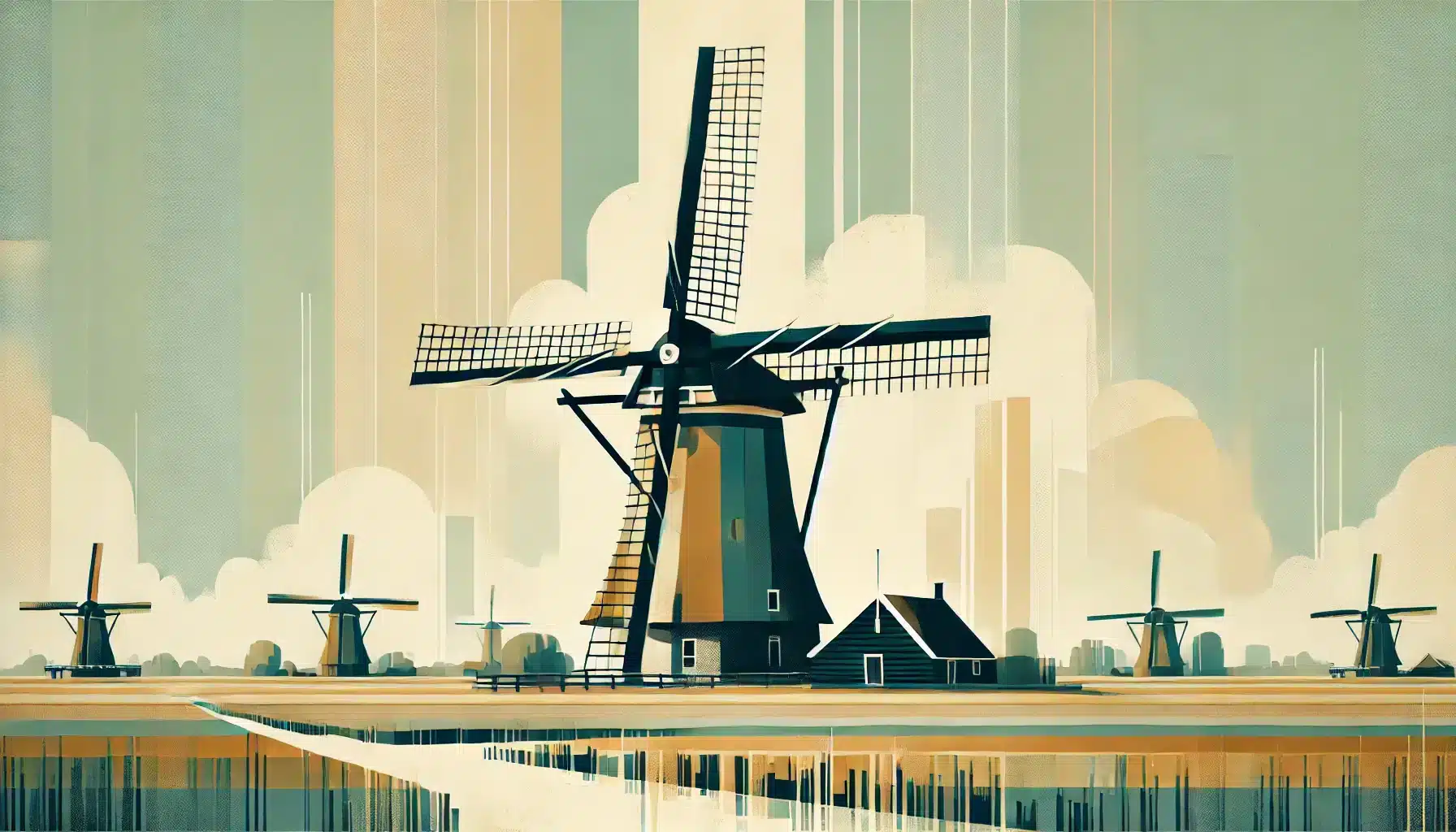What is National Mill Day?
National Mill Day (Nationale Molendag) is an annual event in the Netherlands, celebrated on the second Saturday and Sunday of May to honor the country’s rich milling heritage. During this weekend, over 950 windmills and watermills across the Netherlands open their doors to the public, offering a unique opportunity to explore these historic structures.
Windmills have played a crucial role in shaping Dutch landscapes, supporting water management, agriculture, and industry for centuries. National Mill Day celebrates this legacy, allowing visitors to see firsthand how these mills operate and their continued importance in Dutch culture.
History and Origin
The Netherlands has long been associated with windmills and watermills, which have been used for centuries to drain water, grind grain, and generate power. As these traditional mills became less common, efforts to preserve them grew. National Mill Day was established to raise awareness about the significance of mills and to encourage their conservation.
Over the years, the event has expanded, attracting thousands of visitors, including both locals and tourists. It has become an essential part of Dutch heritage celebrations, emphasizing the importance of protecting these historic structures for future generations.
Who Participates in National Mill Day?
- Mill owners and operators: Open their mills to the public, offering guided tours and demonstrations.
- Local communities: Organize festivals, markets, and educational programs to celebrate Dutch milling culture.
- Tourists and history enthusiasts: Travel across the Netherlands to explore different types of windmills and watermills.
- Cultural organizations and museums: Provide historical context, exhibitions, and activities to promote the importance of mill preservation.
- Families and schools: Participate in interactive learning experiences and activities designed for children.
Slogans and Themes
National Mill Day highlights the rich history, cultural significance, and engineering marvels of Dutch windmills and watermills. The event promotes themes of preservation, sustainability, and community involvement. Many mills that once played a crucial role in water management and agriculture now serve as living monuments of the Netherlands’ past.
Popular slogans include “Discover the Power of the Wind,” “Mills: Guardians of the Landscape,” and “Turning the Past into the Future.” These messages emphasize the importance of keeping these historic structures operational and educating future generations about their role in Dutch heritage.
Colors, Symbols, and Patterns
Colors
- Green: Represents the Dutch landscape and the sustainability of wind power.
- Blue: Symbolizes the sky and water, key elements in the functioning of windmills and watermills.
- Brown: Reflects the traditional wooden structures of many historic mills.
Symbols
- Windmill blades: Represent the power and movement of Dutch windmills.
- Water wheels: Highlight the role of watermills in traditional Dutch industries.
- Dutch flag: Often displayed on mills during the celebration as a sign of national pride.
Patterns
- Rotating motifs: Represent the continuous motion of mill blades.
- Geometric designs: Reflect the architectural features of traditional Dutch mills.
- Wave patterns: Symbolize water management and the relationship between the mills and the Dutch landscape.
Most Used Hashtags
- #NationalMillDay
- #NationaleMolendag
- #DutchWindmills
- #CulturalHeritage
- #MolenWeekend
How to Celebrate National Mill Day
- Visit open mills: Many windmills and watermills offer free entry, guided tours, and live demonstrations.
- Join local events: Participate in community-organized activities, including markets, lectures, and storytelling sessions.
- Experience traditional milling: Some mills demonstrate grinding flour, sawing wood, or pumping water as they did centuries ago.
- Enjoy local delicacies: Some mill sites offer traditional Dutch foods, such as poffertjes (mini pancakes) and fresh bread made with locally milled flour.
- Take a scenic bike tour: Many visitors cycle between different mills to enjoy the countryside and explore multiple historical sites.
Why is National Mill Day Important?
National Mill Day plays a crucial role in preserving Dutch heritage by raising awareness about the historical and cultural significance of mills. These structures are not only iconic symbols of the Netherlands but also key to the country’s development, particularly in water management and agriculture.
By encouraging public participation, this event fosters appreciation for traditional craftsmanship and the need for conservation. It also promotes tourism and local economies, making it an important cultural event that connects the past with the present.
Features
Contact Info
Second Weekend of May: Mill Day (Netherlands)
Why do you keep falling for the same type?
Read the article Lovemaps: the hidden blueprint of our love.

